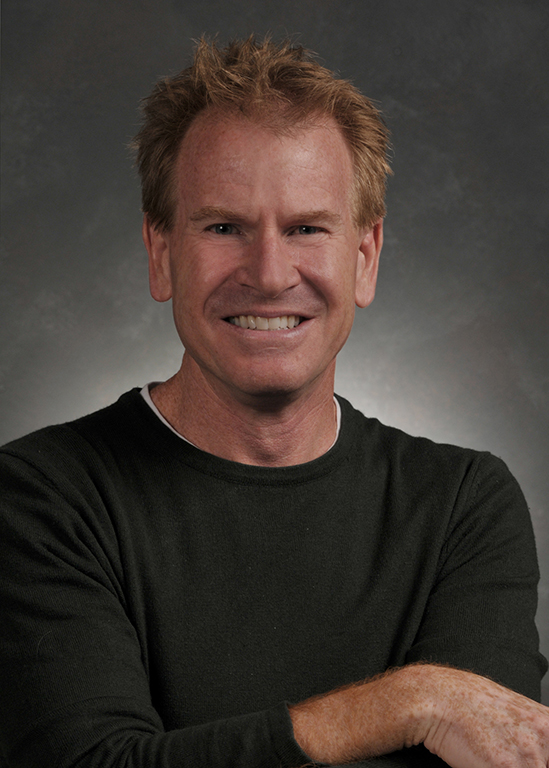QVC Does HD on the Fly
To Angie Simmons, the best thing about QVC's transformation to an HDTV production environment is that nobody noticed.
It's not that the QVC senior VP doesn't have high hopes for what HD can do to make handbags, jewelry items and clothes look more alluring on the TV screen. But the initial goal for Simmons and the QVC production team had nothing to do with on-air presentation, and everything to do with logistics.
As one of the few TV networks that televise an all-live, round-the-clock schedule, QVC faced an unusual challenge in reconfiguring its West Chester, Pa., studio operations for HD earlier this year without disrupting normal program segments.
STOPPING NOT AN OPTION
Shutting down for a relaxed retrofit wasn't an option for QVC, a unit of Denver-based Liberty Media Corp. With more than $5 billion annually in sales from its TV-merchandising operations, even an hour of downtime means big money. So, Simmons and her team decided to orchestrate what was essentially a massive real-time swap-out of cameras, lenses and production equipment that would occur in a single night.
On May 23, 2007, starting at 6 p.m., QVC's crews removed old analog, standard-definition cameras and replaced them with 40 Sony HDC-1500 HD cameras dressed with Canon lenses—in between live product demonstrations. “We only had minutes per camera to do the switchover,” says Simmons, who is SVP of broadcasting and TV sales.
The team also lit up a trio of Sony MVS-8000A production switchers that night. By 7 a.m., QVC was fully outfitted to produce its on-air sales pitches in full HD—and not a single viewer called in to complain about an interruption.
And no one has called to praise, either. That's because, despite QVC's HD-production face lift, the TV-shopping network isn't yet on the air in full HD. Except for some program promos, most content, including live product demonstrations, continues to be produced in standard-definition format. For a national HD feed that will be made available to cable and satellite TV distributors in the first quarter of 2008, QVC will upconvert its SD signal as an HD simulcast. At the same time, the program promos QVC is shooting in HD are being downconverted to standard-definition for QVC's flagship telecast. The multiformat approach won't last forever, but it gives QVC flexibility for the time being. Simmons isn't sure when QVC may begin full-scale production and signal distribution in native HD format.
The smarter way to stay on top of broadcasting and cable industry. Sign up below
ADVANCE PLANNING
Simmons credits advance planning, and lots of it, for the smooth HD switchover. QVC's video production and technical engineering groups began planning for the conversion in January 2006—nearly 18 months before the big event. As QVC's HD conversion drew nearer, teams met twice daily to go over minute details such as the exact moments when cameras would be swapped out and plugged in. Austin, Texas-based systems integrator Beck Associates helped with planning and performing the on-site upgrades.
“It truly was seamless,” says Simmons, who stayed in the studio overnight throughout the swap-out. “When we went live during the cutover, we told no one. It was perfectly anticlimactic. Nobody said anything.”
QVC does hope telecasting in HD pays off at the cash register. In particular, Simmons believes certain QVC product categories, such as handbags and women's clothing, will benefit from enhanced resolution, which can display subtleties in texture and material that standard-resolution video doesn't adequately convey. So, as QVC launches its upconverted HD signal, she will pay particular interest to how viewers perceive and react to graphic enhancements that make use of the newfound on-screen space the HD aspect ratio allows.
As Simmons puts it: “We want to look and listen to customers, and find out how they want that extra real estate to be used. What are they interested in seeing there?”
Media, Math and Myth blogger Stewart Schley writes about media, telecommunications and the business of sports from Denver. He is currently writing a book about the transformation of the U.S. cable television industry.

